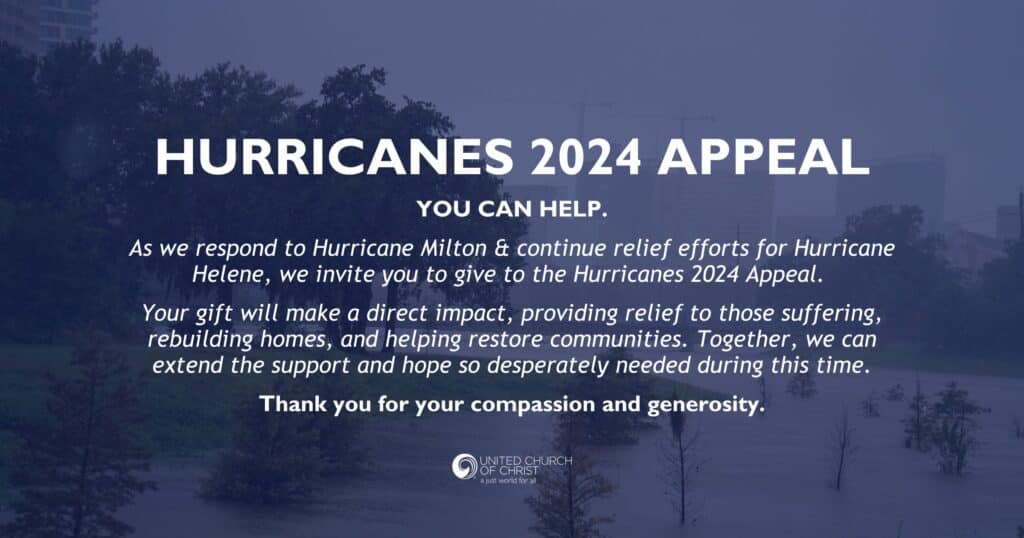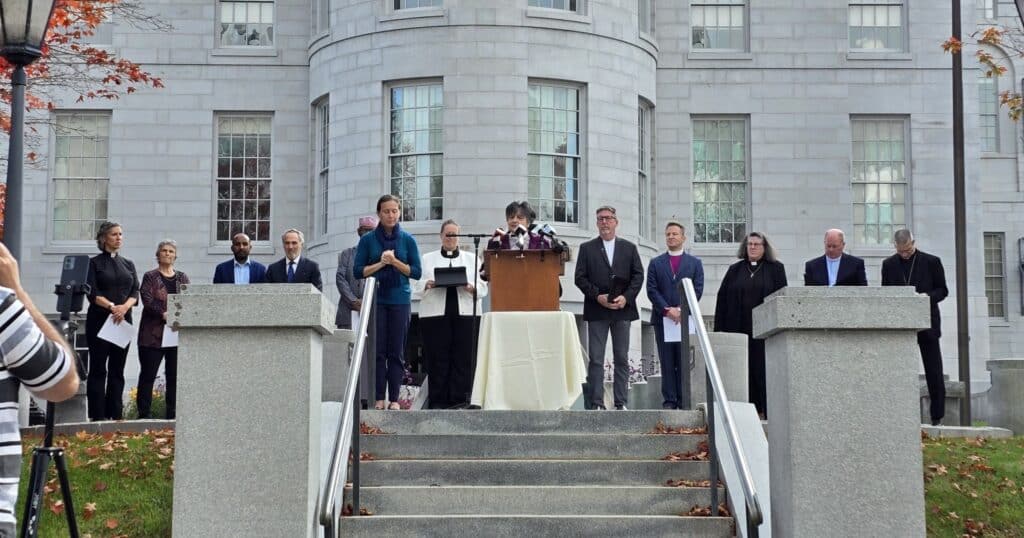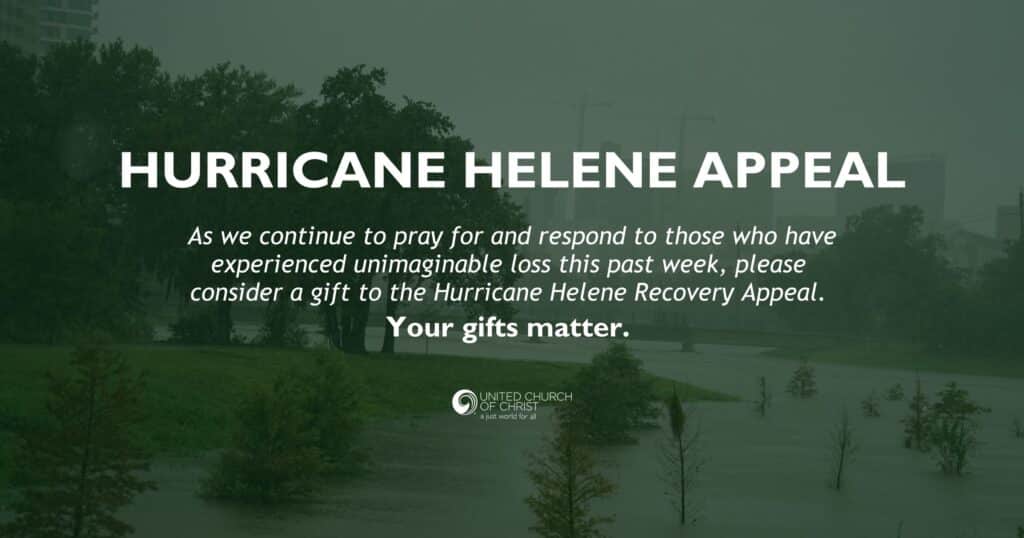Help for home and livelihoods restoration after Typhoon Hagibis in Japan
In central Japan in October, Typhoon Hagibis killed at least 80 people. More than seven million people were told to evacuate as the typhoon approached landfall. It affected areas hit a month earlier by Typhoon Faxai.
The Japanese government’s response includes search and rescue, provision of emergency supplies at officially designated evacuation shelters (mostly school buildings), and restoration of lifeline and infrastructure such as roads and repairing of riverbanks. However, vulnerable groups that may not be able to fully access relief services include:
- Those who couldn’t be sheltered at officially designated evacuation shelters, such as mothers with young children, people with disabilities and senior citizens;
- Those who were already recovering from Typhoon Faxai; and
- Those who will likely struggle to clear the debris from their houses before recovery work can start.
UCC Disaster Ministries just contributed $10,000 toward an ecumenical response through CWS Japan to assist 1,000 families with home and livelihood restoration, volunteer mobilization to clear debris, and capturing of lessons learned for reducing risk in the disasters that are sure to follow as climate change brings more unprecedented destructive weather.
Priority in the response will be given to affected families without support mechanisms to help them recover (elderly persons, single parent households, non-Japanese residents and people with disabilities).
DETAILS:
CWS Japan’s response will prioritize the following activities for 1,000 families in the cities of Tateyama and Minami Bosou Cities in Chiba Prefecture:
- Home and livelihood restoration: recovery begins with removing destroyed furniture and potentially removing walls or floors for sterilization. This is labor-intensive work that could be a challenge for elderly families, so they will need help from skilled volunteers or professional services. In addition, for farmers and fishermen, damaged equipment needs to be fixed in order to restart their livelihoods.
- Volunteer dispatch for debris clearance: debris needs to be cleared from affected areas, but there are not enough personnel available. CWS and our ACT Alliance partners in Japan have put out a call for volunteers, and we will create a base of operations from which to manage volunteer dispatch.
- Capturing of lessons learnt from Typhoon Hagibis: this typhoon was a stark reminder that we are now living in the era of ‘New Normal’ as indicated by the Intergovernmental Panel on Climate Change. Unprecedented weather disasters are likely to become a common phenomenon. Particularly the role of media and the optimal timing and methodology of releasing dam water should be captured and disseminated to global disaster risk reduction stakeholders.
This response is expected to continue through March 2020.
More info: https://bit.ly/34PflZX
Related News
UCC expands appeal for relief efforts following Hurricane Milton
The United Church of Christ has extended the scope of its appeal for Hurricanes 2024 Relief...
Read MoreMaine Conference holds interfaith remembrance to grieve, heal one year after Lewiston shootings
A group of interfaith leaders offered public prayer and space to grieve last Tuesday for those...
Read MoreUCC issues appeal for those impacted by widespread destruction of Hurricane Helene
The United Church of Christ has launched an appeal and opportunities to support recovery...
Read More

